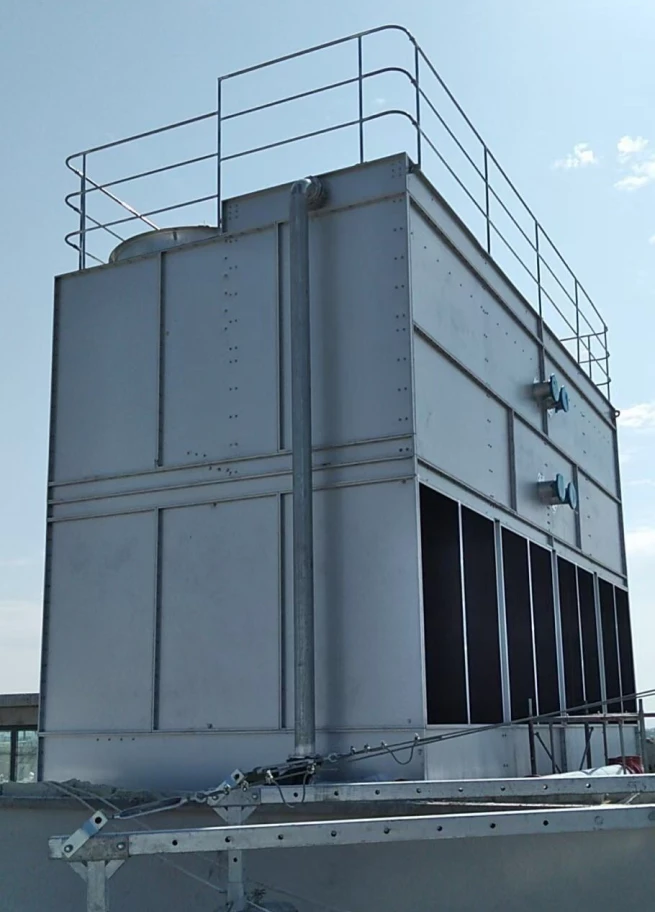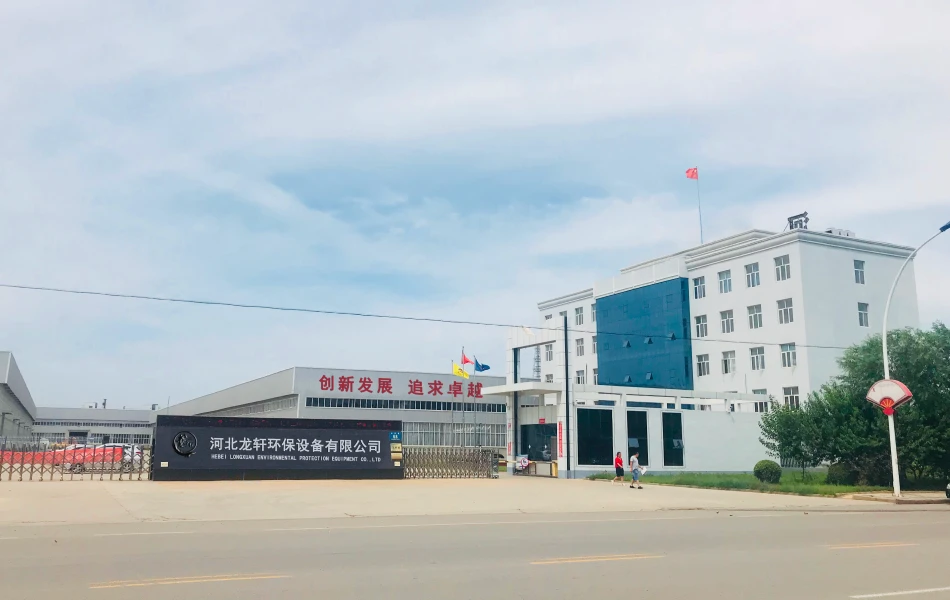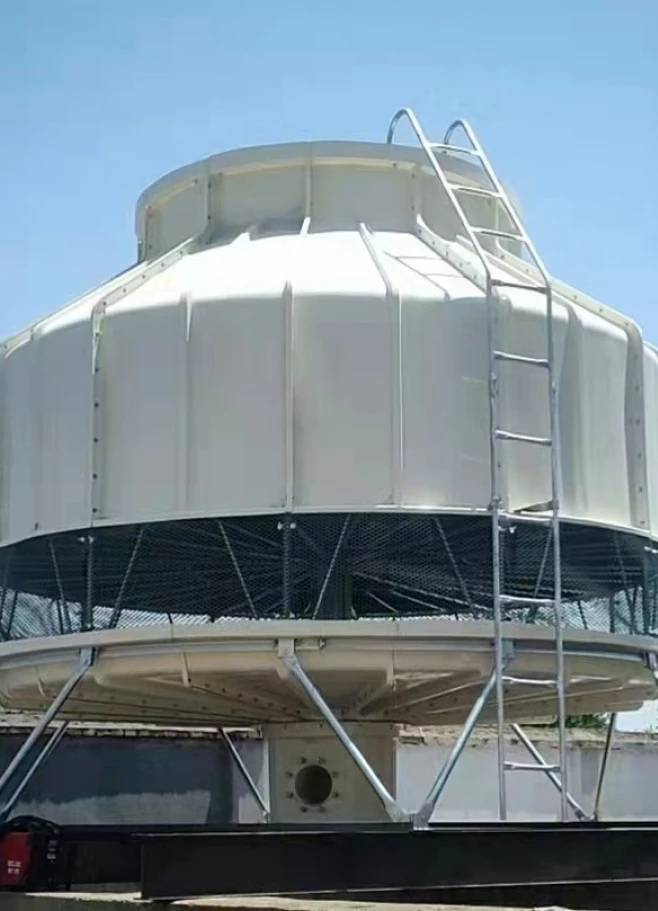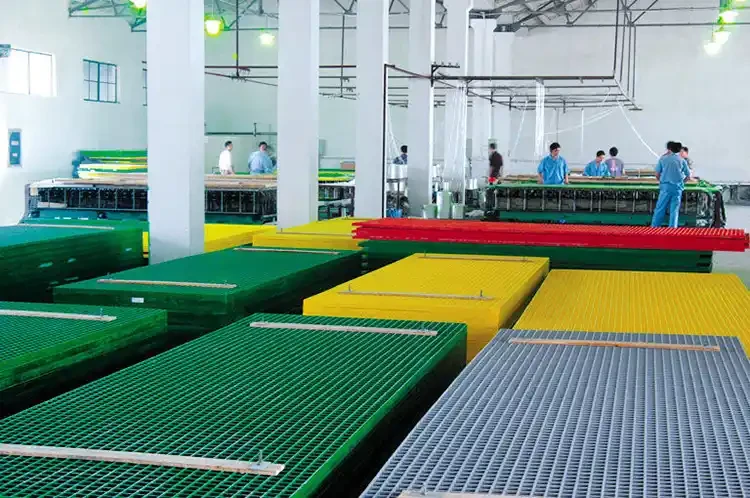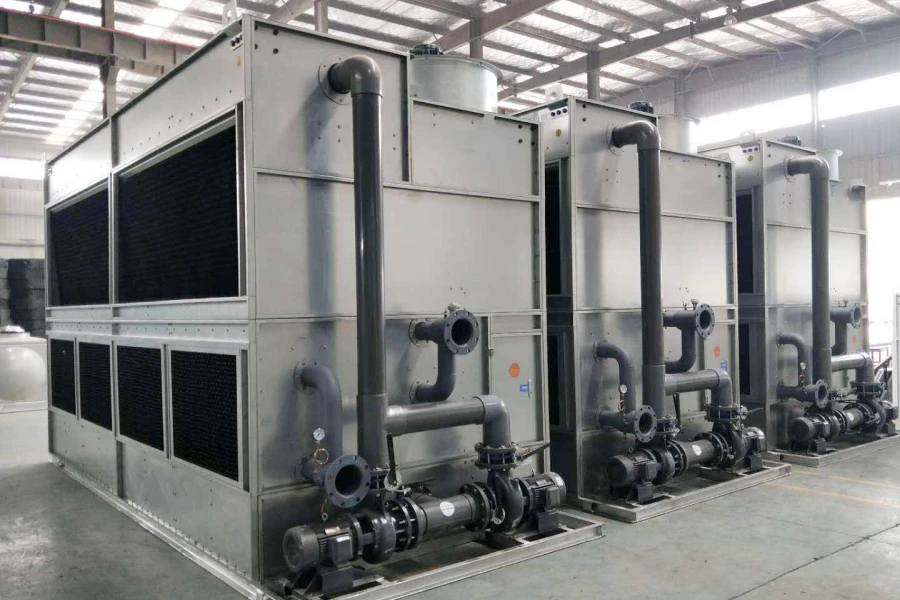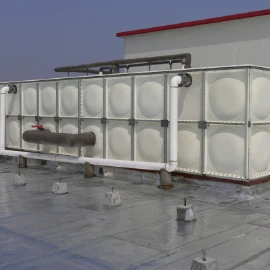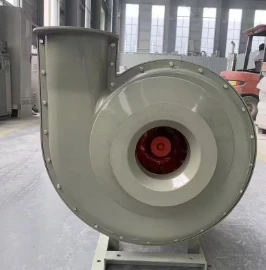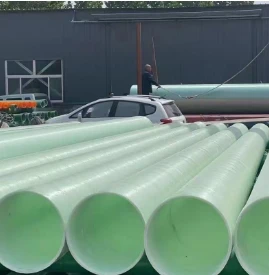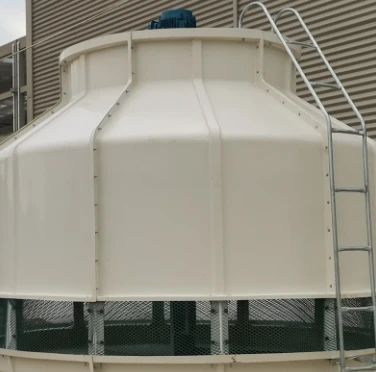

We Are Open 24 Hours a Day, 7 Days a Week, Including Weekends and Public Holidays.
- Introduction to composite flooring solutions
- Technical advantages and performance data
- Comparison of flooring material properties
- Manufacturing process and quality standards
- Custom engineering solutions
- Industry implementation case studies
- Future applications and concluding summary
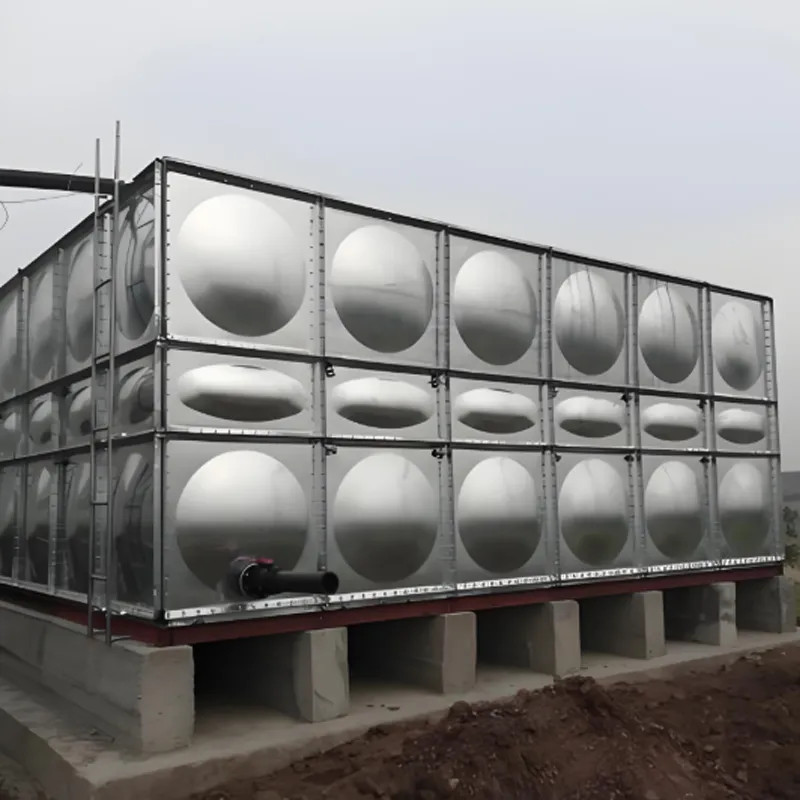
(grp open grid flooring)
The Revolutionary Advantages of GRP Open Grid Flooring
Modern infrastructure demands flooring solutions that combine structural integrity with environmental resilience. GRP open grid flooring delivers unprecedented performance advantages over traditional materials, especially in corrosive or high-moisture environments. Unlike metallic alternatives, this composite material utilizes interwoven fiberglass strands embedded in thermosetting resin, creating a monolithic structure immune to electrochemical degradation. The open-grid design provides critical 76% drainage efficiency while maintaining 42% higher strength-to-weight ratio than comparable aluminium grating.
Industrial facilities report 63% fewer fall incidents after installing GRP grid flooring systems due to their inherent non-slip properties. Maintenance departments document 80% reduction in annual upkeep costs compared to painted steel alternatives. These structural platforms withstand temperatures from -60°C to 120°C without compromising load-bearing capabilities, making them suitable for extreme processing environments. The non-conductive nature eliminates electrical hazards in power generation facilities while providing spark-resistant safety in petrochemical operations.
Technical Superiority and Data-Driven Performance
Third-party validation testing reveals superior material properties that justify GRP open mesh flooring's dominance in industrial applications. Standard panels withstand concentrated loads exceeding 1,200 kg/m² while maintaining deflection below 3mm under IEC 61400-22 certification standards. Accelerated weathering tests demonstrate less than 0.2% material degradation after 5,000 hours of UV exposure, outperforming polymer alternatives by 380%.
Fire performance metrics exceed critical safety thresholds with Class A flame spread ratings and oxygen indices above 32. The composite structure achieves non-propagating burn characteristics with maximum smoke density below 75 (ASTM E662). Chemical resistance panels withstand prolonged exposure to pH levels from 2-13 without structural compromise. These technical advantages translate to documented 22-year service lifetimes in offshore installations based on longitudinal industry studies.
Material Comparison Analysis
| Property | Steel Grating | Aluminium | Solid FRP | GRP Open Grid |
|---|---|---|---|---|
| Corrosion Resistance | Requires coating | Moderate | Excellent | Superior |
| Load Capacity (kg/m²) | 900-1,100 | 750-850 | 400-600 | 1,100-1,500 |
| Weight (kg/m²) | 28-32 | 12-15 | 16-20 | 8-11 |
| Maintenance Cycle | 12-18 months | 24-36 months | 60+ months | 120+ months |
| Lifecycle Cost (20yr) | £320/m² | £280/m² | £190/m² | £135/m² |
The comparison data substantiates GRP grid flooring's operational superiority across critical metrics. Particularly noteworthy is the 59% weight reduction versus steel alternatives, dramatically lowering structural support requirements. Independent LCA studies verify 48% lower embodied carbon than aluminium systems when accounting for installation and maintenance phases.
Manufacturing Excellence and Product Integrity
Premium GRP open mesh flooring begins with ISO 9001-certified pultrusion processes achieving precise dimensional tolerances of ±0.2mm per meter. Manufacturers utilize proprietary resin formulations with nano-silica additives that increase surface hardness to 85 Barcol (ASTM D2583). Each production batch undergoes rigorous quality verification including:
- Mechanical testing to ISO 527 standards
- Ultrasonic thickness verification
- Impact resistance validation per EN ISO 179
- Fire reaction testing to EN 13501-1
Leading European manufacturers now implement automated optical scanning that detects subsurface flaws undetectable through manual inspection. This technological advancement has reduced product failure rates to <0.3% across 350,000m² annual production volumes. Recent manufacturing innovations include surface texturing achieving 55 PTV slip ratings (UKSRG standards) without compromising cleanability requirements.
Custom Engineering Applications
Project-specific adaptations enable GRP open grid flooring to solve unique architectural challenges. Design engineers can modify multiple parameters to meet operational requirements:
- Aperture sizes from 5x25mm to 40x100mm
- Surface treatments including grit-impregnated finishes
- Specialized resin matrices for chemical facilities
- Integrated cable management channels
- Load-specific reinforcement configurations
Custom shapes manufactured through CNC trimming achieve complex geometries for retrofit applications. Case studies include elliptical platforms for water treatment facilities requiring exact radius conformity. Electrical substation installations feature conductive additives that dissipate static charges below 10⁶ ohms surface resistivity. Recent bridge decking projects utilized non-standard 65mm depths with double-web configurations supporting H-20 loading patterns.
Industry Implementation Success Stories
Chemical processing plants across the Teesside industrial corridor standardized on GRP open grid flooring after documented performance advantages. Facility managers report zero structural replacements over seven years despite constant acid exposure - a stark contrast to previous carbon steel systems requiring biannual replacement cycles.
Renewable energy installations demonstrate particularly compelling results. Offshore wind turbine platforms utilizing GRP mesh flooring show 90% less corrosion-related downtime than metallic alternatives. The Dogger Bank Wind Farm project specification now mandates GRP flooring throughout all service platforms, projecting £2.1 million savings per turbine in lifecycle maintenance.
Water treatment installations highlight surprising secondary benefits. Thames Water reported 37% reduction in bacterial colonization compared to solid-surface alternatives due to continuous drainage characteristics. Municipal authorities in coastal regions increasingly select GRP products for pier constructions where degradation resistance outperforms tropical hardwoods by 400% in salt spray testing.
GRP Open Grid Flooring: The Future of Industrial Surfacing
The evolution of composite technologies positions GRP grid flooring as the foremost solution for demanding environments. Ongoing material research focuses on enhancing sustainability profiles through recycled glass fiber reinforcement and bio-resin formulations. Industry adoption continues expanding beyond traditional sectors, with recent architectural applications featuring custom-colored structural elements in pedestrian bridges and public infrastructure.
Future applications will leverage embedded IoT capabilities, with prototypes featuring integrated strain gauges for real-time structural health monitoring. Fire safety advancements include proprietary resin systems achieving reaction-to-fire Class B ratings without halogenated additives. The expanding technical capabilities ensure GRP open mesh flooring remains the optimal solution where safety, durability and lifecycle economics converge.
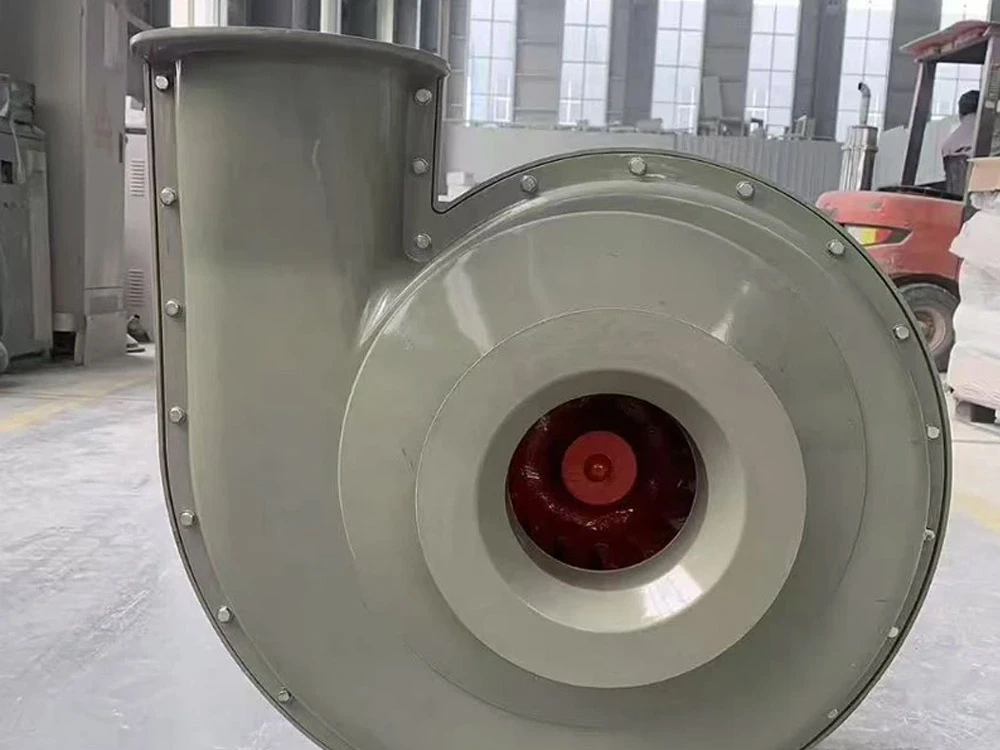
(grp open grid flooring)
FAQS on grp open grid flooring
Q: What is GRP open grid flooring?
A: GRP open grid flooring is a lightweight, corrosion-resistant flooring system made from glass-reinforced plastic. It features an open grid pattern allowing air, light, and liquids to pass through while providing slip resistance. This makes it ideal for industrial, marine, and wet environments.
Q: What are the benefits of choosing GRP grid flooring over metal alternatives?
A: GRP grid flooring offers superior corrosion resistance to chemicals, saltwater, and weather compared to metal equivalents. It weighs about 30-40% less than steel, simplifying installation and reducing structural load. Additionally, its non-conductive properties enhance safety around electrical equipment.
Q: Where is GRP open mesh flooring commonly used?
A: GRP open mesh flooring is widely installed in chemical plants, offshore platforms, and wastewater treatment facilities due to its corrosion resistance. It's also prevalent in marine settings like ship decks and piers for drainage and slip prevention. Other common applications include walkways, stair treads, and mezzanine floors.
Q: How durable is GRP grid flooring under heavy loads?
A: GRP grid flooring maintains high strength-to-weight ratio and durability, supporting loads up to 5,000 PSI depending on specifications. The embedded fiberglass reinforcement provides impact resistance without deforming. It withstands constant foot traffic, equipment, and UV exposure while retaining structural integrity.
Q: Is GRP open grid flooring easy to maintain?
A: Yes, GRP open grid flooring requires minimal maintenance thanks to its non-porous composition and corrosion resistance. Routine cleaning only needs water or mild detergent to remove debris. Unlike metal alternatives, it never requires repainting or rust treatments, significantly reducing lifecycle costs.





Address
20 Xingyuan South Street, Zaoqiang County, Hengshui City, Hebei Province, China














